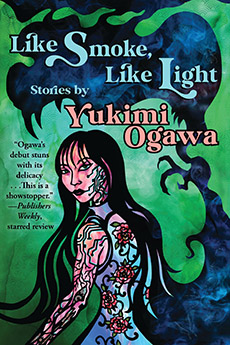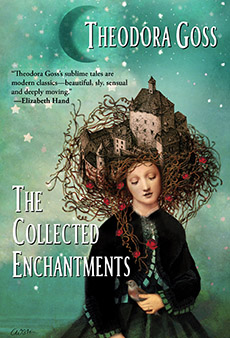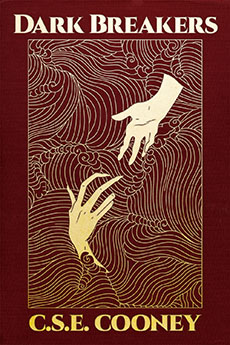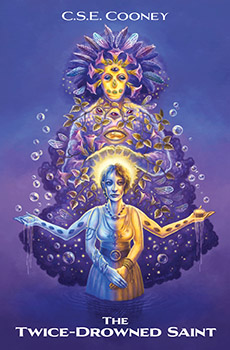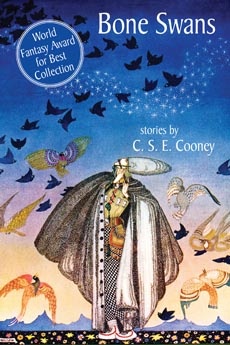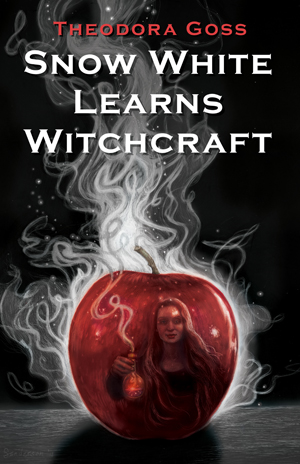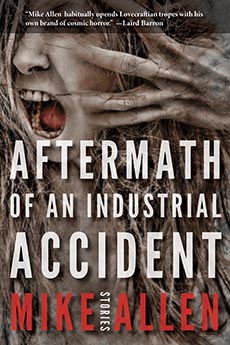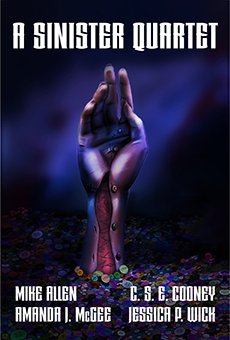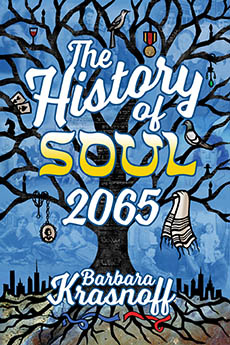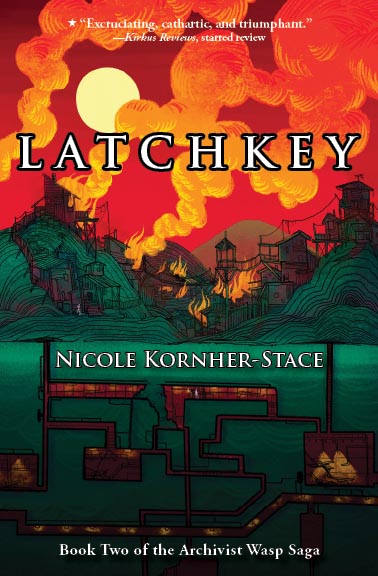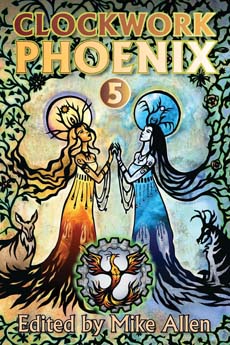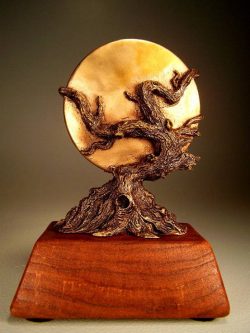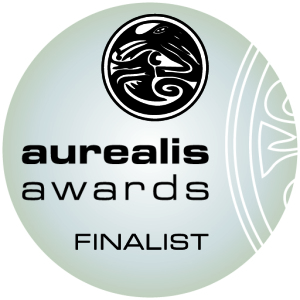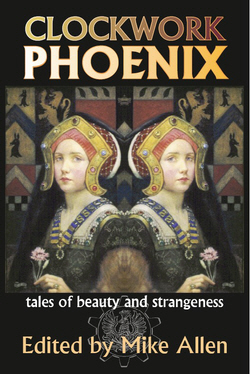Featured Poem II • December 2016
Introduction to Electromagnetics
Jeannine Hall Gailey
We are attracted to one another by fundamental forces not completely understood; I will try to rescue a boy with mother issues; you will threaten your girlfriend’s abusive ex with a baseball bat in a dark alley. Friction a power we underestimate; side by side, we can’t help but be at odds. Unlike charges attract, like ones repel. So we cling to the rapscallion at the school dance, or the Hitchcock blonde married to the man next door. We have not learned to interpret what’s inside: the buzz, the chemical. One atom shares its electron with another. An impulse ripples through brain and muscle. And so, a tower falls, a bomb explodes, we are all at war with ourselves and each other. Surely there’s a reason for the bounce and chaos between our particle natures? A current we cannot resist electrifies the air between us, fuses at our fingertips, ready to ignite.
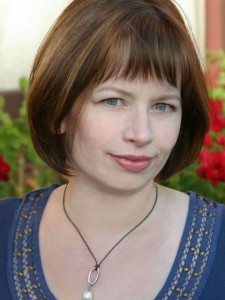 Jeannine Hall Gailey served as the second poet laureate of Redmond, Washington. She is the author of five books of poetry: Becoming the Villainess, She Returns to the Floating World, Unexplained Fevers, The Robot Scientist’s Daughter and Field Guide to the End of the World, which won the 2015 Moon City Press Book Prize for Poetry. Her poems have been featured on NPR’s The Writer’s Almanac and Verse Daily, as well as in collections like The Best Horror of the Year and The Year’s Best Fantasy and Horror. Her website is webbish6.com. You can follow her on Twitter at @webbish6.
Jeannine Hall Gailey served as the second poet laureate of Redmond, Washington. She is the author of five books of poetry: Becoming the Villainess, She Returns to the Floating World, Unexplained Fevers, The Robot Scientist’s Daughter and Field Guide to the End of the World, which won the 2015 Moon City Press Book Prize for Poetry. Her poems have been featured on NPR’s The Writer’s Almanac and Verse Daily, as well as in collections like The Best Horror of the Year and The Year’s Best Fantasy and Horror. Her website is webbish6.com. You can follow her on Twitter at @webbish6.
Both her poems in this issue come from the pages of her newest collection, Field Guide to the End of the World. She writes, “Since college I’ve been interested in electromagnetics, so this poem (‘Introduction to Electromagnetics’) was inspired by trying to find a way to connect larger problems (romantic troubles, terrorism) with scientific principles.”
![]()
If you’ve enjoyed what you’ve read, please consider pitching in to keep us going. Your donation goes toward future content.
![]()

